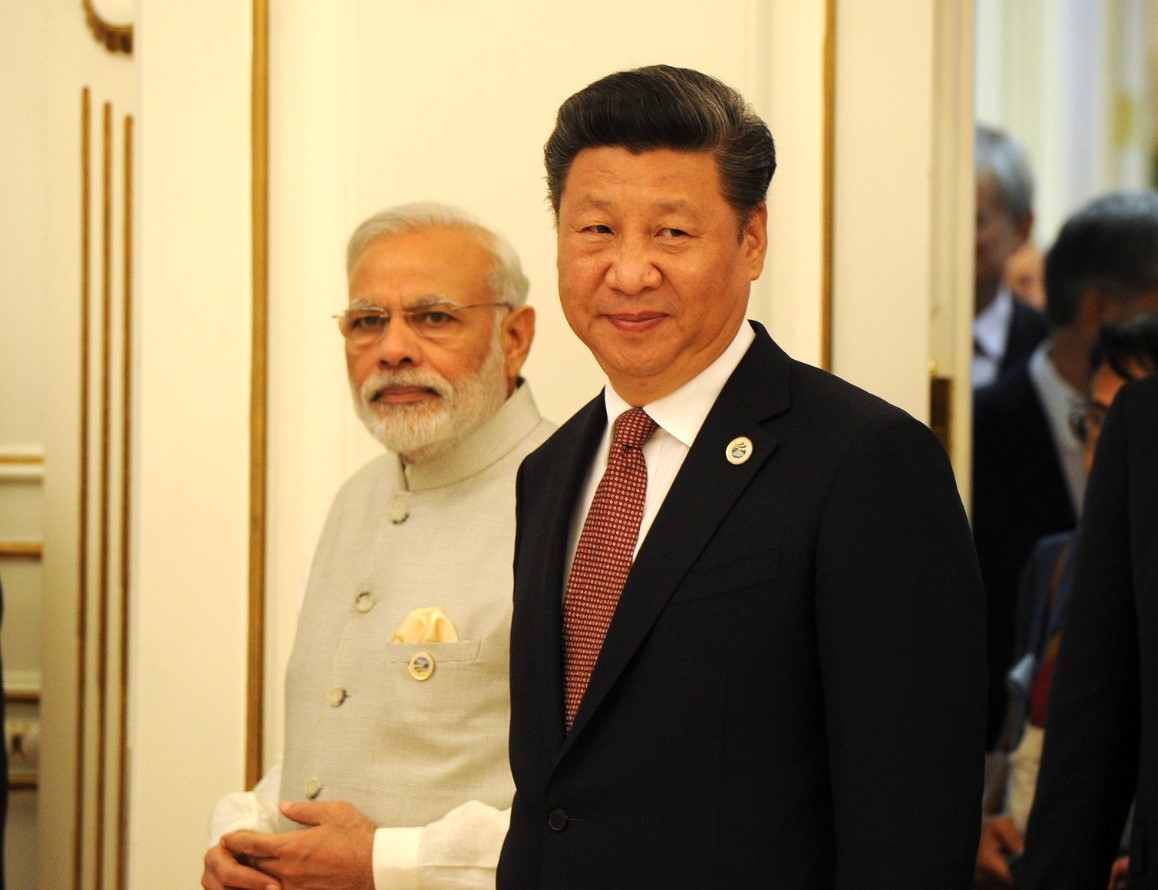
Ups and Downs in India-China Ties: A Diplomat’s Perspective
Sat, 06 Mar 2021 | Reading Time: 9 minutes

A broad understanding of the evolution of India-China relations since the establishment of diplomatic relations in 1950 is necessary to understand the current imbroglio and strained ties between the two giant Asian neighbours.
My first consciousness of China was in 1962 as a boarding student in a school in Darjeeling. Though some distance from where Chinese troops had entered Indian Territory in Upper Assam, close to Tezpur, nevertheless most boarding schools closed the session early in November that year, and arranged to evacuate each student safely to his or her home. As a 6-year old, I was only too happy to enjoy a period of extended holiday at home with no school or studies. Much later in life did I understand the import of those days, the deep wound left by the Chinese incursion into India and the disastrous war of 1962, which was etched into our collective memory and is difficult to erase.
1950 to 1955 can be said to be the golden age of India-China relations based on the ideological premises of ‘Panchsheel’ or the Five Principles of Peaceful Coexistence and ‘Hindi-Chini Bhai Bhai’ a slogan as students we were all too familiar with. With Chinese incursions into India from 1956, the relationship skidded downwards very rapidly, especially after the flight of the Dalai Lama to India in 1959. ‘Brotherly’ relations of the first half of the decade soon gave way to the hardening of attitudes on both sides and culminated in the war of 1962.
The rest of the 1960s saw diplomatic ties downgraded to CDA-level and a near freeze on all aspects of bilateral relations including trade and people-to-people ties. Boundary talks came to a grinding halt. After a hiatus of over a decade, Ambassadors were reinstated in Beijing and New Delhi in 1976. Then External Affairs Minister (EAM), A. B. Vajpayee visited China in 1978 and the Chinese FM Huang Hua came to India in 1981. These were important landmarks in the growing rapprochement between India and China. However, the 1986-87 Sumdurong Chu incursions by Chinese troops and construction of a helipad, successfully resisted by Indian troops, once again increased tension between the two countries.
Following several feelers and rounds of preparatory visits at the diplomatic and political levels, Prime Minister Rajiv Gandhi took the plunge and visited China in December 1988. The iconic handshake and meeting with Chinese supremo, Deng Xiaoping indicated then Chinese desire to accommodate India in the concerted growth of Asia into the 21st century. The Indian and Chinese leadership signaled a new initiative to boost relations. The boundary issue including maintenance of peace and stability in border areas was consigned for deliberations and negotiations to a Joint Working Group (JWG). It was decided that the other aspects of our ties whether commercial, social, educational or international and multilateral coordination would develop in a step by step manner. Both countries resumed learning from each other – China in modern accounting and auditing practices from the C&AG’s Office and Coal India on how to boost coal production from Chinese coal mining companies.
The period between 1988 and 1998 can be described as the resurgence of India-China ties. Our interaction was cordial and friendly, and in general there was peace and stability in the border areas, though not much progress on the boundary talks, which seemed to get stuck on differing perceptions of the Line of Actual Control (LAC). Regular, two-way high level visits assisted the momentum of growth of ties in all spheres.
The 1998 Indian nuclear tests followed by Pakistani tests clearly rattled the Chinese. India’s growing prowess in information technology evoked nudging admiration and respect in Chinese circles.
Between 1988 and 2017, the border areas remained largely peaceful though Chinese incursions along the LAC increased in the new century. Beginning 1993, both sides agreed to institute confidence building measures (CBMs) and other specific protocols to avoid misunderstandings and violent provocations in the border areas. The 2005 agreement on Political Parameters and Guiding Principles lays the path towards the ultimate solution to the boundary dispute. By 2015, India-China relations reached new heights, particularly in trade, the number of Indian students in China and cooperation/coordination on some transnational issues like climate change.
With the advent of a new government in India headed by PM Modi in May 2014, and President Xi Jinping firmly in the saddle in China by then, bilateral ties took off on an upward tangent with the spectacular Modi-Xi meeting in Ahmedabad in September 2014. These positive developments were, however tempered with increasing frequency of Chinese incursions along the LAC, Chinese opposition to India’s rightful place in the Nuclear Suppliers Group (NSG), siding with Pakistan on cross border terror issues, and a lackadaisical attitude towards the grossly unfair trade imbalance.
The 2017 Doklam border incident in which China tried to build a road on Bhutanese territory at the India-Bhutan-China tri-junction, and India’s firm and decisive action to stop Chinese troops in their tracks, brought relations to a new low. Public perception in India about Chinese intentions and use of harsh and crude language by Chinese commentators against India left a bad taste in the mouth of many on this side of the border. Fortunately, some below the radar negotiations and the ‘informal summit’ between Modi and Xi in Wuhan 2018 sent the correct signal down the line in both military and political circles. Efforts at course correction and to put the ties back on its rails were undertaken, bolstered by the second informal summit in Chennai in October 2019.
2020 was clearly the worst year for India-China ties since 1962. The origins of Covid 19 and reports of initial Chinese effort to brush the issue under the carpet did not help its sagging image in India and many other parts of the world. At the height of the pandemic in India, then still under lockdown, reports trickled in of massive Chinese incursions along the LAC firstly in the Sikkim sector and then in Ladakh. Indian counter measures to stop the Chinese troops resulted in aggressive skirmishes and even some injuries. This was followed with buildup of forces and equipment first by China and subsequently matched by India, resulting in several eyeball to eyeball scenarios. To most observers it seemed incredulous that China would impose such costs on a friendly neighbour, that too when the latter’s chips were down on account of Covid, of which China was clearly the source. Some of the border CBMs eventually took effect and by late May/early June talks between Indian and Chinese commanders seem to have resulted in agreed measures to diffuse the tense situation, including descalation at some points. The murderous attack on Indian troops who had gone to meet their Chinese counterparts in the Galwan Valley area to work out the agreed disengagement, left 20 Indian soldiers dead and several more on the Chinese side, though China has acknowledged only four casualties till date. India retaliated, with troop and equipment augmentation along the LAC, and selective economic measures against Chinese digital applications, investments in sensitive sectors and rethinking on Chinese language studies in India. In end August, Indian troops secured advantageous positions on hilltops south of Pangong Tso (Lake), another area of Chinese incursions and confrontation. The rest of the year saw several rounds of military and diplomatic talks, including between EAM and his Chinese counterpart, and the Raksha Mantri (Indian Defence Minister) and the Chinese Defence Minister. However, there was no tangible evidence of a breakthrough in the de-escalation process and return to status quo of April 2020. Mercifully no more lives were lost.
There seems to be some green shoots since February this year. Agreed disengagement in the Panging Tso region was completed without any untoward incident, talks are on towards de-escalation in other areas confrontation, and the two foreign ministers have had a lengthy conversation. Indian and international observers are keeping their fingers crossed that this will be a continuous process of improvement and not another Chinese effort to lull the India into a business as usual attitude, before another ‘salami slicing’ attempt.
Before we contemplate on the future direction of India-China relations let us try to fathom the reasons for the current sharp dip in bilateral ties, which is very different from the periodical lows experienced after 1962. What is even more intriguing is that the 2020 massive Chinese incursions and subsequent clashes and deaths occurred despite the commitments made at the highest political levels to maintain peace and tranquility in border areas and handle differences maturely. The Ministry of External Affairs (MEA), New Delhi press release of 28 April 2018 on ‘India-China Informal Summit at Wuhan’ states, “…both sides have the maturity and wisdom to handle the differences through peaceful discussions…reflecting each other’s sensitivities, concerns and aspirations.”. It further states that the two leaders (Modi and Xi), “…directed their militaries to earnestly implement various confidence building measures…” If this is the unambiguous directive from the highest political levels of both countries to their civilian and military bureaucracy, how did Galwan and other serious incidents take place at the LAC barely two years later?
In October 2019, barely six months before the first incursions, the MEA press release after the Chennai Informal Summit between Modi and Xi is hugely optimistic that the talks, “…opened up possibilities for taking bilateral to greater heights.” Bilateral relations did indeed reach a new record, albeit a new low in the heights of the Himalayas. The usual platitudes echoed in Chennai, “…to ensure peace and tranquility in the border areas, and that both sides continue work on additional Confidence Building Measures in pursuit of these objectives.” rings hollow today. Why has the ‘Wuhan Spirit’ and ‘Chennai Connect’ not only failed to restore the relationship after the derailment at Doklam and propel it forward, but instead our ties hurtled towards a crevice in 2020, from which rescue efforts at preventing further slippages are only just beginning to show results.
On going through the commentaries by various experts, it would seem that the reasons for the 2020 bloody clashes in the border areas and massive damage to India-China relations can be attributed to any of the following causes or a combination of two or more of the same:
– China’s territory grabbing techniques, also known as ‘salami slicing’ i.e., encroaching on small parts of the adversary’s territory over a large period of time.
– Development of Indian infrastructure in border areas, particularly in Ladakh.
– Internal problems within China and international pressure on China over Covid 19.
– Desire by China to protect its assets and future plans and adjoining regions such as China-Pakistan Economic Corridor (CPEC).
– India’s decision to abrogate Article 370 of the Constitution, change the status of the former State of Jammu & Kashmir and carve out a separate Union Territory of Ladakh.
– India’s growing relations with the United States and foray into the reinvigorated Quad with the US, Japan and Australia, and China’s perception that this group is opposed to its rise.
– Growing power imbalance between India and China.
It is difficult to pinpoint the precise reason for China’s moves against India in 2020. India’s retaliatory action against China in the form of enhanced vigil all along the LAC, matching build up of military capabilities in the India-China border areas and economic and social decoupling measures seems to have checked China from taking further aggressive action, even if the PLA had plans for the same, and has forced China on to the negotiating table with India.
There could be some other reason(s) for China’s unexplained aggressive behaviour, which only history will tell. Whatever be the provocation, the Indian leadership cannot afford to continue to deal with China as it has been doing for the past five decades. Simply anticipating and check-mating the next Chinese move in the high Himalayas will not alter Chinese adventurism. Graded decoupling and dependence on the Chinese economy to fire up India’s growth particularly for essential manufacturing or assembly inputs, a move which has been initiated by Government of India, must be continued. Secondly, measures to check and verify use of Chinese technology and investments in areas of the economy where national security is paramount, must continue unabated. Thirdly, India must now pressurize China not just on maintenance of peace and tranquility all along the LAC, but also insist on the conclusion of an agreement and the demarcation and delineation of the boundary, within an agreed time frame. As stated in the press release after the Chennai Informal Summit, on the boundary question both countries must strive to, “…arrive at a mutually agreed framework for a fair, reasonable and mutually acceptable settlement based on Political Parameters and Guiding Principles that were agreed by the two sides in 2005.” Fourthly, India would do well to strengthen international coalition building to give greater credence to its voice and point of view. This must expand beyond QUAD to find resonance with all friendly countries, particularly in Asia.
Predicting China’s future course of action vis-a-vis India is difficult. The country’s vision of becoming a preeminent global power, together with its inflexibility on ‘core’ issues, will guide its determination to get back what it perceives are its territories under India’s control. Temporary adjustments in its aggressive behaviour can be seen as it adjusts to the reality of the Biden administration in the US, the severe backlash on account of the Covid fiasco and India’s determined stand to stop its boundary incursions. This is the opportune moment to press ahead with a final boundary settlement.
What if China once again resorts to territorial incursions or drags its feet on the boundary issues. It should be made clear to Chinese negotiators that if India finds itself in this situation, then it’s ‘core’ issues of Tibet and Taiwan, which has been respected so far, will no longer be sacrosanct, and that India will take a position on these matters on a case by case basis.
Prime Minister Modi was invited by President Xi in October 2019 to visit China for the third informal summit. For obvious reasons this could not take place last year. Diplomats in both countries need to ensure that India’s sensitivities, concerns and aspirations are understood and respected by our northern neighbour by the time the two leaders meet for the next Summit.
*******************************************************************************
Author

Debnath Shaw, former Ambassador of India to Azerbaijan and High Commissioner to Tanzania, is a career diplomat and has served in various Indian diplomatic missions in Hong Kong, Bonn and Dhaka. He had two tenures in Indian Embassy in Beijing, China during his career as an IFS officer. He was a visiting fellow at the South Asia Programme of the Center for Strategic and International Studies (CSIS), in Washington, DC in 2004-05. Post retirement, Debnath Shaw was engaged by the Ministry of External Affairs (MEA), New Delhi as Consultant for the India-Africa Forum Summit (IAFS-III) held in New Delhi in October’15.
Disclaimer
The opinions expressed in this article are the author’s own and do not reflect the views of Chanakya Forum. All information provided in this article including timeliness, completeness, accuracy, suitability or validity of information referenced therein, is the sole responsibility of the author. www.chanakyaforum.com does not assume any responsibility for the same.
Chanakya Forum is now on . Click here to join our channel (@ChanakyaForum) and stay updated with the latest headlines and articles.
Important
We work round the clock to bring you the finest articles and updates from around the world. There is a team that works tirelessly to ensure that you have a seamless reading experience. But all this costs money. Please support us so that we keep doing what we do best. Happy Reading
Support Us




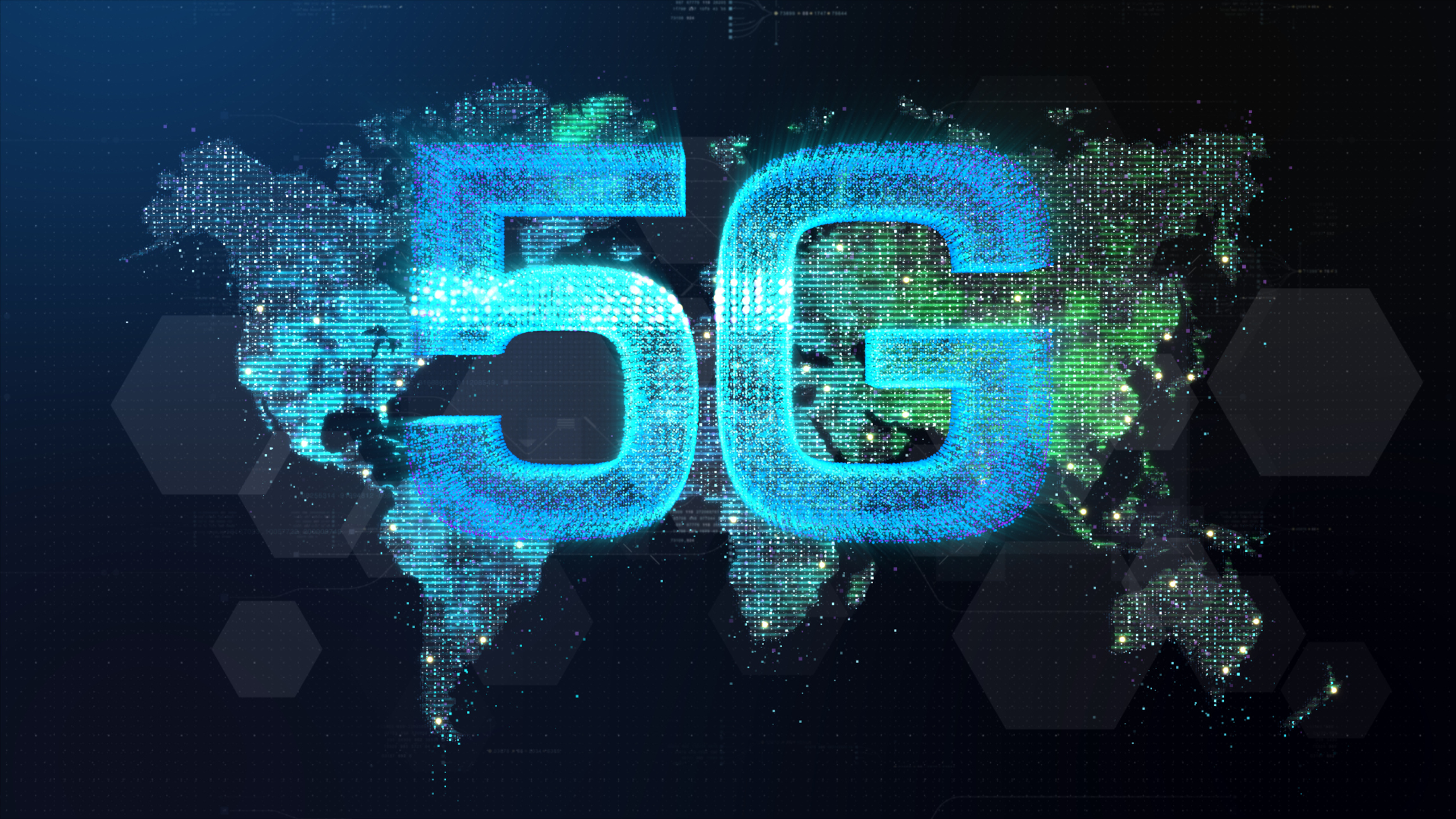
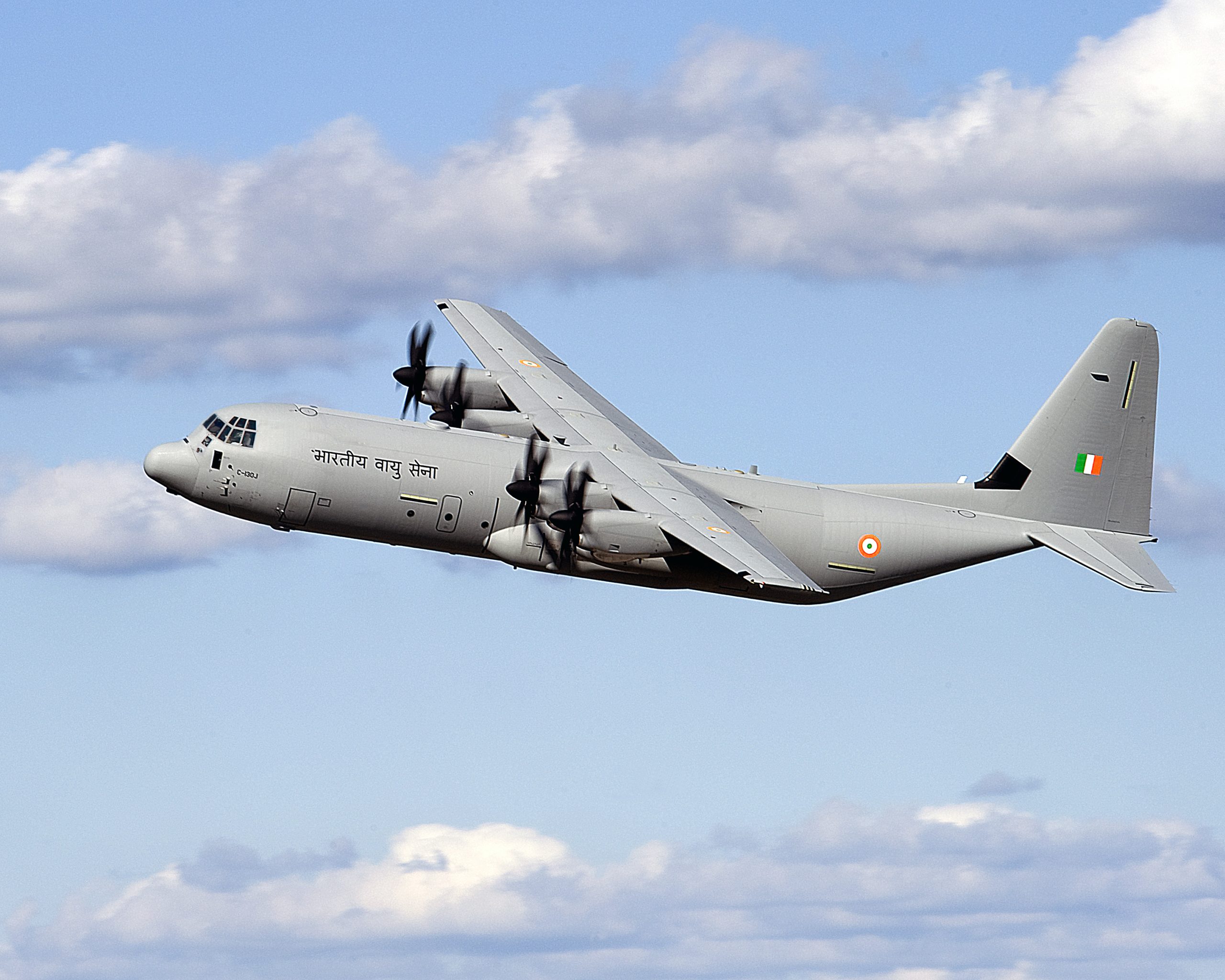


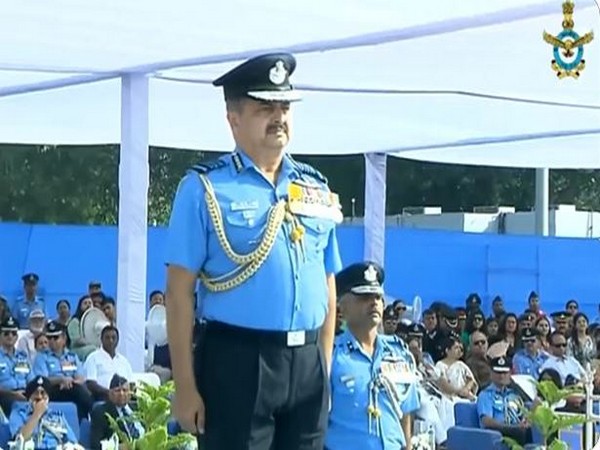
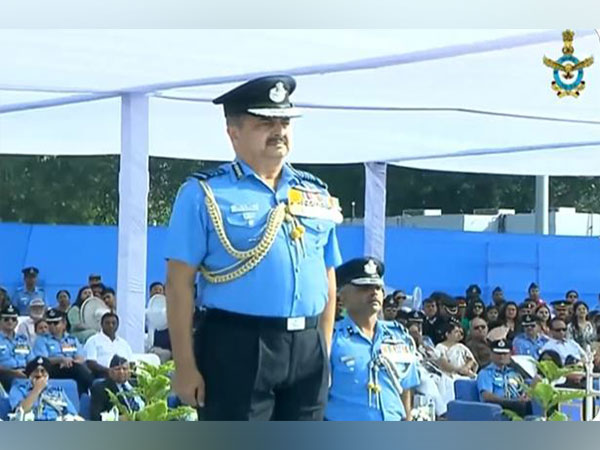

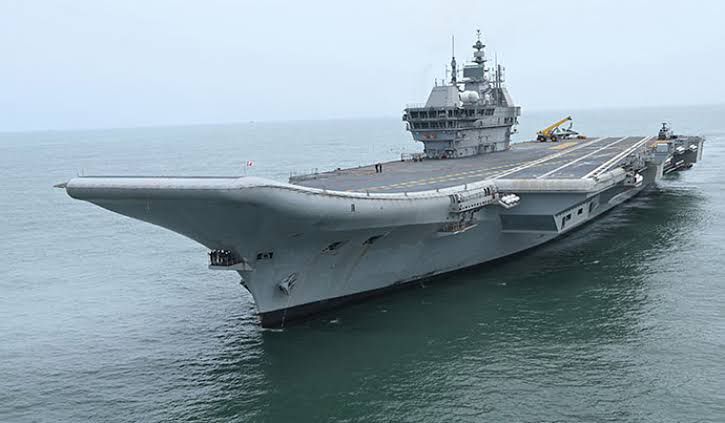








POST COMMENTS (7)
Parsefal
elizabeth dunn
Lal Induruwage, Sri Lanka
Aditya Sahai
Aditya Sahai
Himakar Tata
Jayaraj P. V